syn·site
1: CONVERGING. Any experience, exchange, environment, observation, object, or relationship of objects crystallized in a networked space — whether actual or virtual — distinguished by an equation of universal and specific inputs.
2: EXPANDING. A compounding reconfiguration of distilled fragments — fragments of selves, sites, and associations. It activates at the intersection of the specific and the abstract, the internal and external, the actual and the virtual, the organic and the synthetic. It is at once artwork and network, space and memory. Realized, it approximates a crystallized, collaborative consciousness. » Christine aspires to create a grand web-based SYN-SITE: a metaphorical Texas.
< ORIGIN > The SITE/NON-SITE theory of Robert Smithson, revisited in light of today's NETWORK AESTHETICS. < CAVEAT > FAULT LINES may fracture the crystallized consciousness.
1: CONVERGING. Any experience, exchange, environment, observation, object, or relationship of objects crystallized in a networked space — whether actual or virtual — distinguished by an equation of universal and specific inputs.
2: EXPANDING. A compounding reconfiguration of distilled fragments — fragments of selves, sites, and associations. It activates at the intersection of the specific and the abstract, the internal and external, the actual and the virtual, the organic and the synthetic. It is at once artwork and network, space and memory. Realized, it approximates a crystallized, collaborative consciousness. » Christine aspires to create a grand web-based SYN-SITE: a metaphorical Texas.
< ORIGIN > The SITE/NON-SITE theory of Robert Smithson, revisited in light of today's NETWORK AESTHETICS. < CAVEAT > FAULT LINES may fracture the crystallized consciousness.
SYN (along with, at the same time | from Greek SYN, with | ~SYNTHETIC) + SITE (N: point of event, occupied space, internet address; V: to place in position | from Latin SITUS, location, idleness, forgetfulness | ~WEBSITE ¬cite ¬sight), cf. SITE/NON-SITE (from Robert Smithson, A PROVISIONAL THEORY OF NONSITES, 1968)



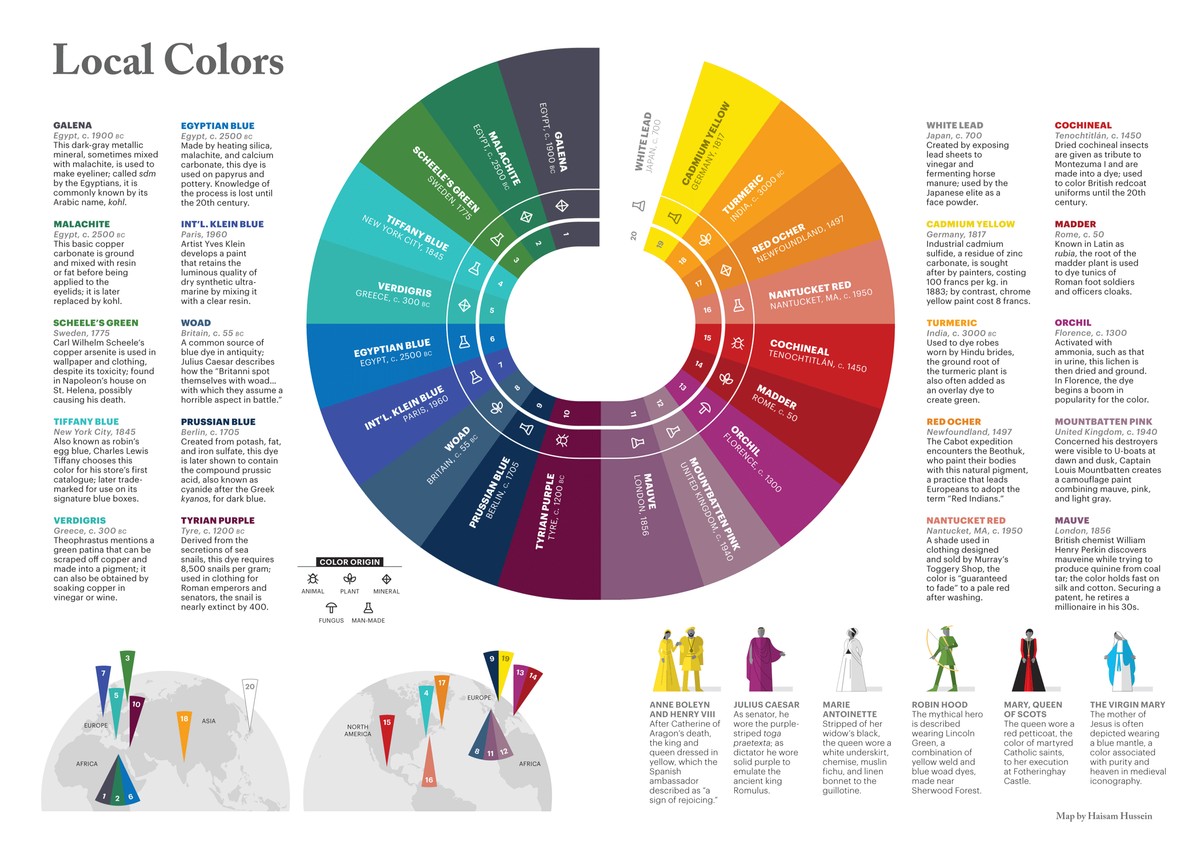


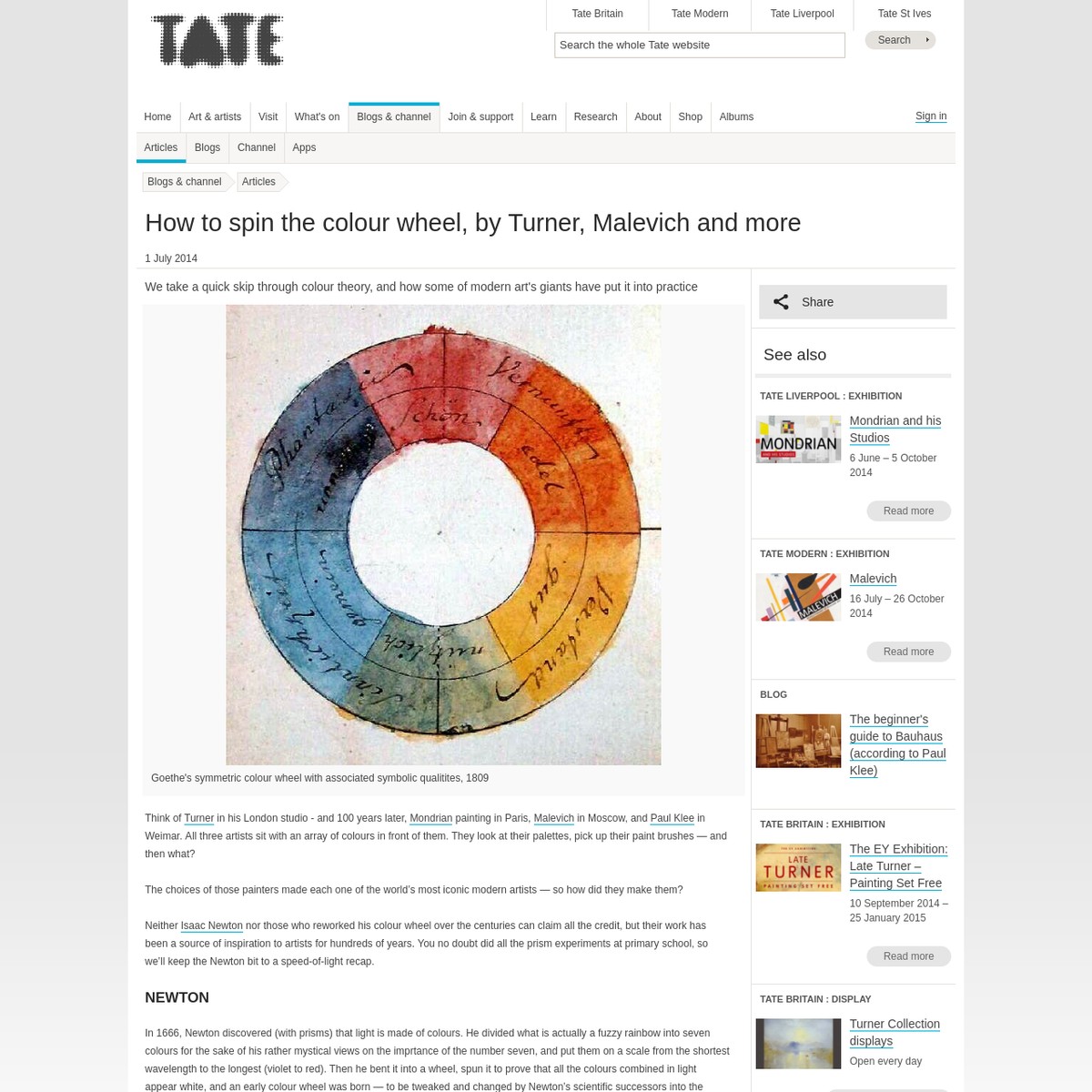





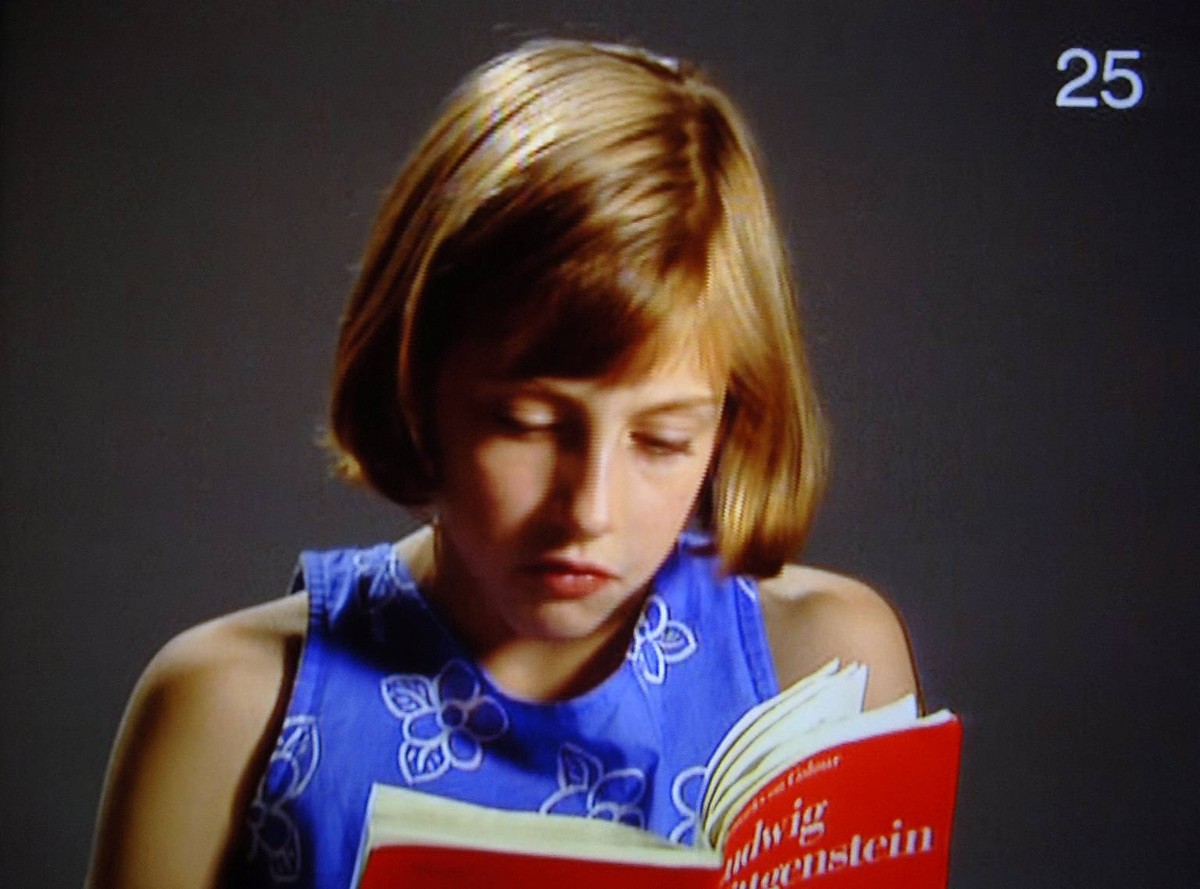


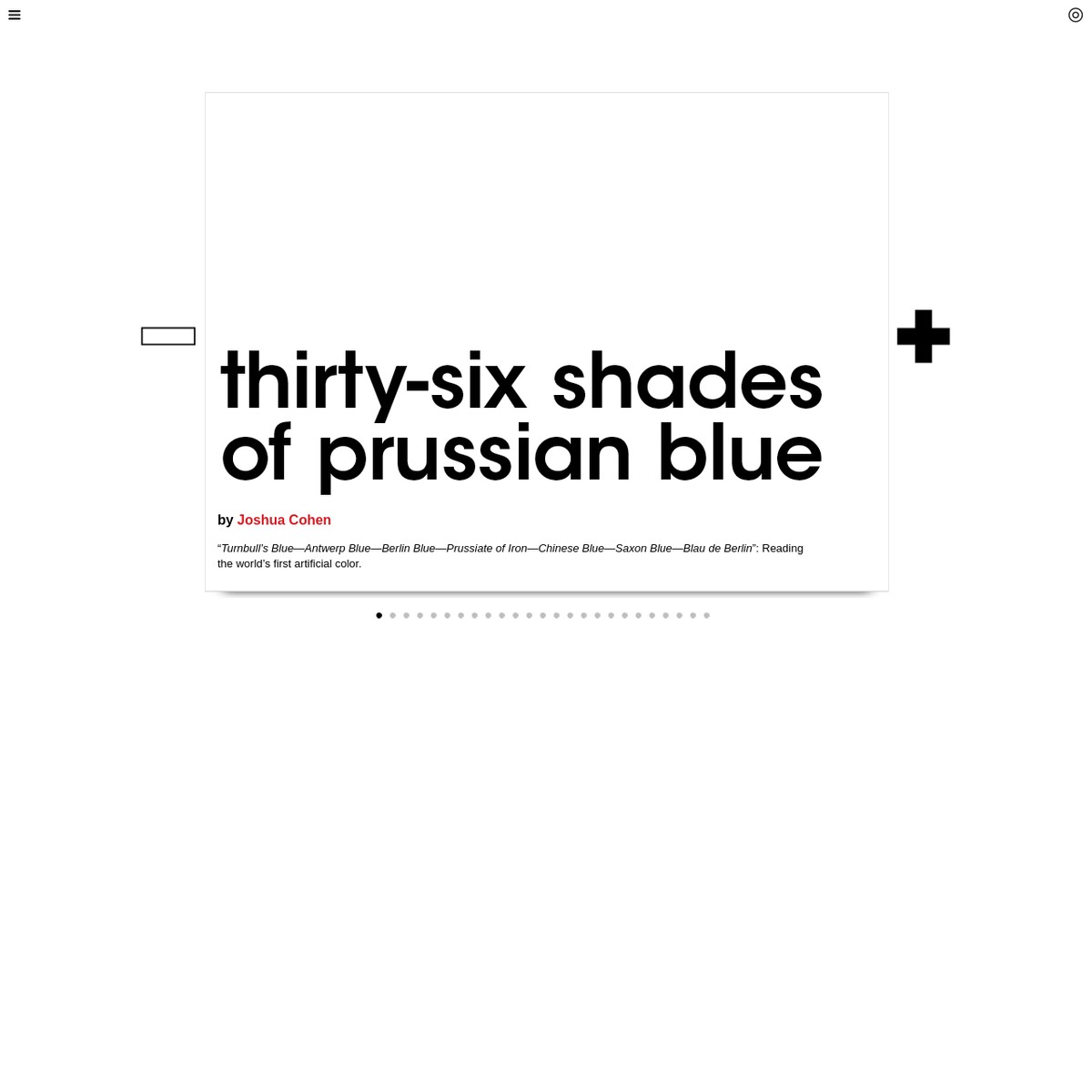

 color_pink
color_pink
color_pink
color_pink
color_cyan
color_cyan
color_cyan
color_cyan
color_pink
color_pink
color_pink
color_pink
color_cyan
color_cyan
color_cyan
color_cyan
"For reference, Corbusier’s intellectual colors remain: a light pink (Pantone 468U); a mid pink (Pantone 728U); a dark pink (Pantone 471U); a light grey (Pantone 429U); a dark grey (Pantone 1817U); a mid brown (Pantone 432U); a dark brown (Pantone black 5U); a light blue (Pantone 549U); a mid green (Pantone 577U); a 100% black; and, of course, a pure white."
— via http://www.servinglibrary.org/journal/11/color-swatches
"For reference, Corbusier’s intellectual colors remain: a light pink (Pantone 468U); a mid pink (Pantone 728U); a dark pink (Pantone 471U); a light grey (Pantone 429U); a dark grey (Pantone 1817U); a mid brown (Pantone 432U); a dark brown (Pantone black 5U); a light blue (Pantone 549U); a mid green (Pantone 577U); a 100% black; and, of course, a pure white."
— via http://www.servinglibrary.org/journal/11/color-swatches
"For reference, Corbusier’s intellectual colors remain: a light pink (Pantone 468U); a mid pink (Pantone 728U); a dark pink (Pantone 471U); a light grey (Pantone 429U); a dark grey (Pantone 1817U); a mid brown (Pantone 432U); a dark brown (Pantone black 5U); a light blue (Pantone 549U); a mid green (Pantone 577U); a 100% black; and, of course, a pure white."
— via http://www.servinglibrary.org/journal/11/color-swatches
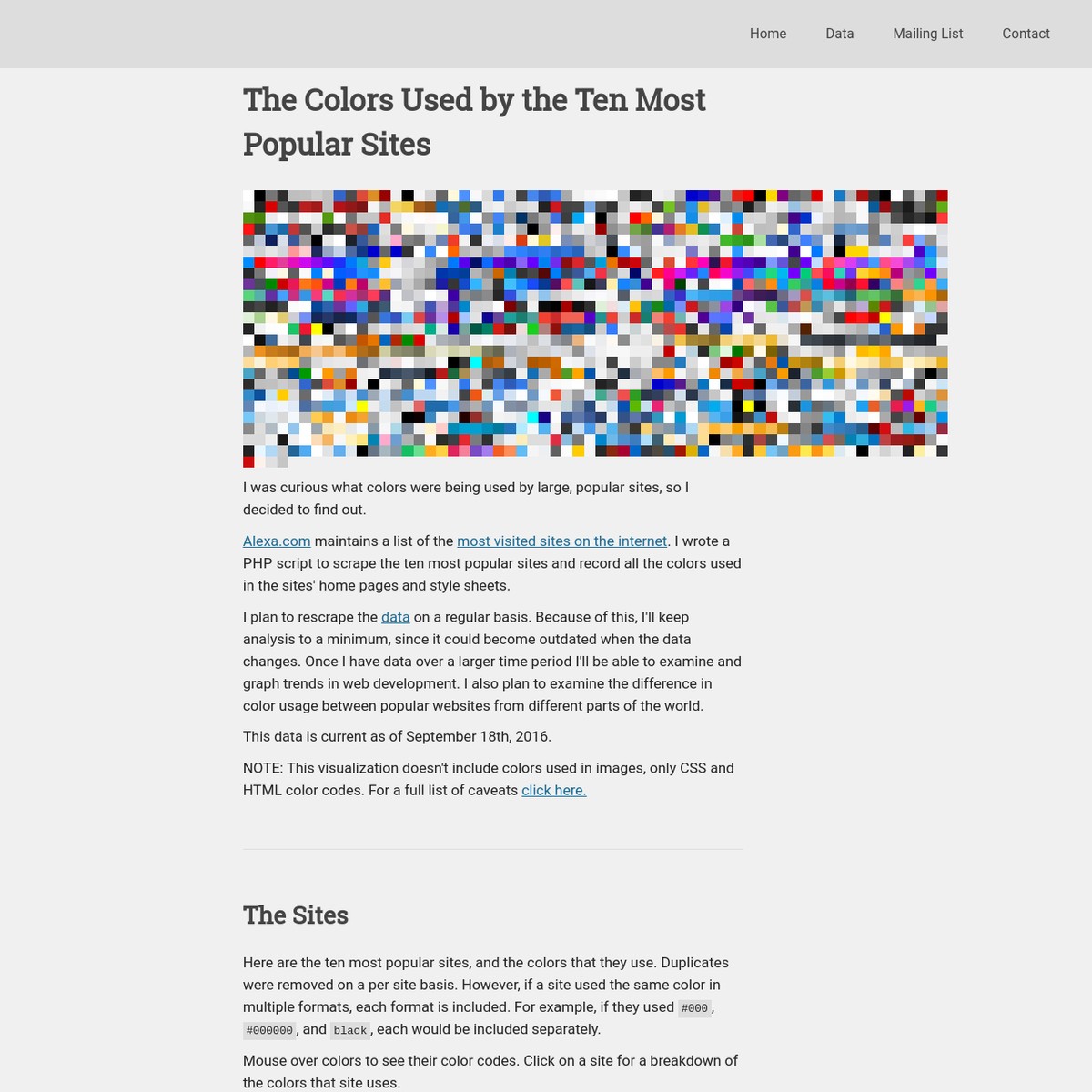











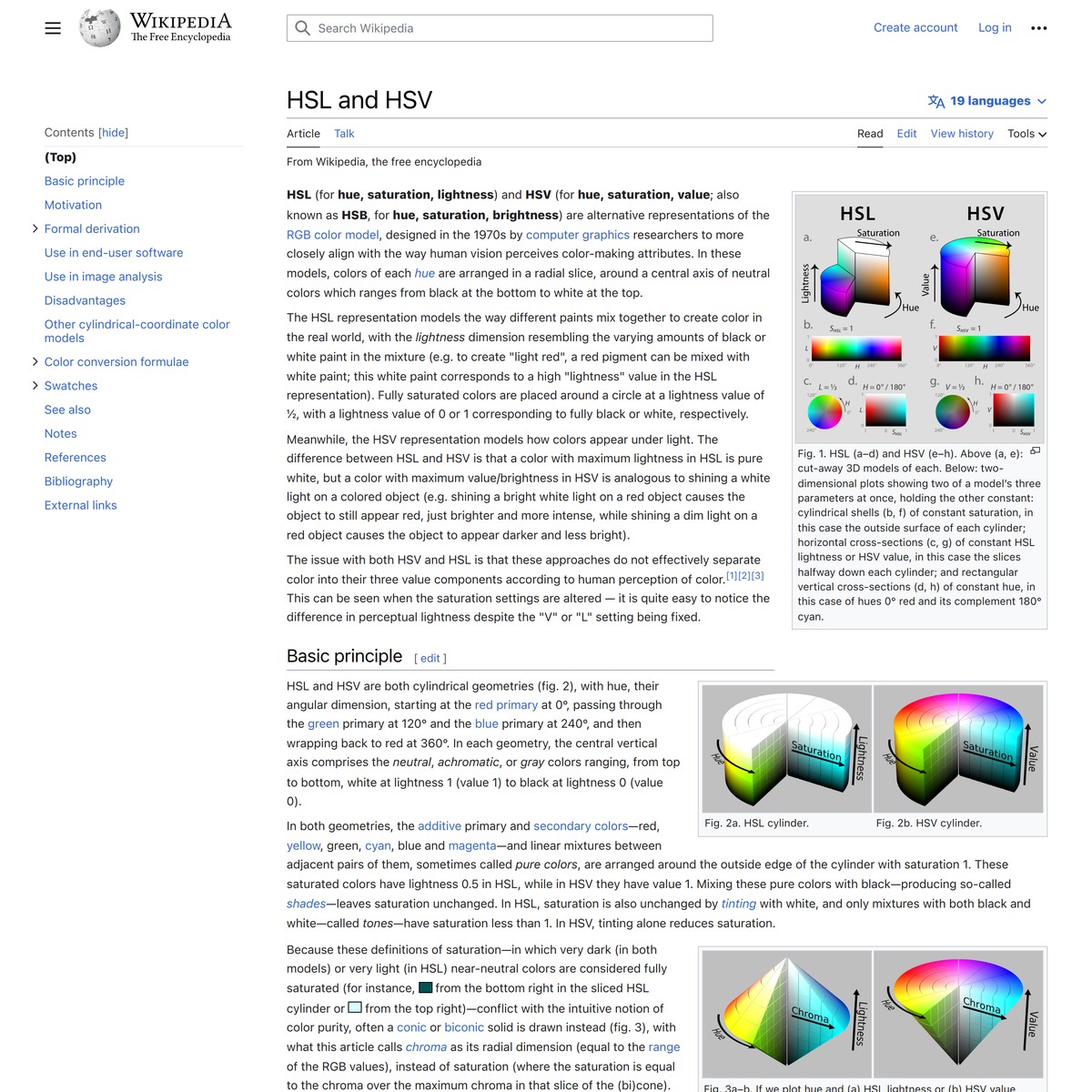


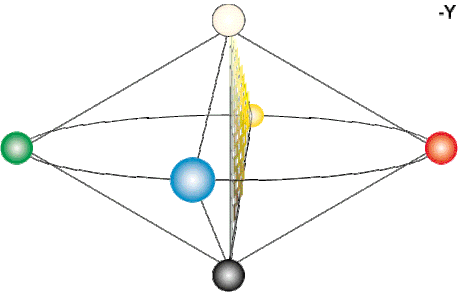

 color_grey
color_grey
color_grey
color_grey
color_grey
color_grey
color_grey
color_grey
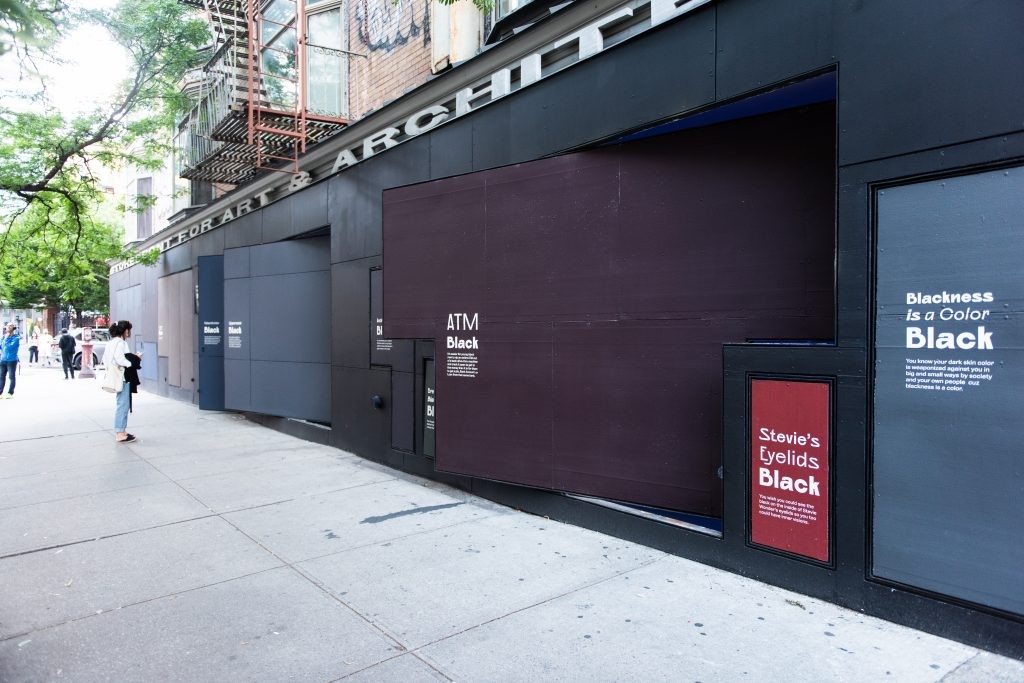


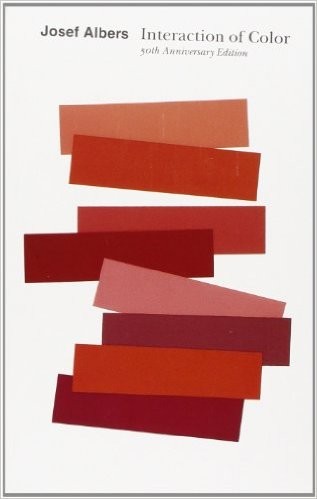


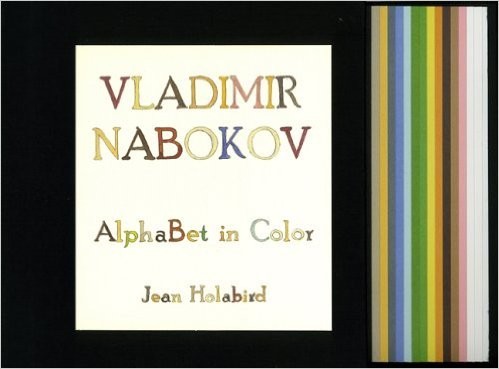


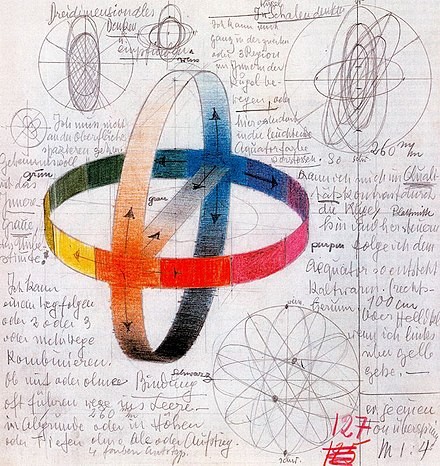


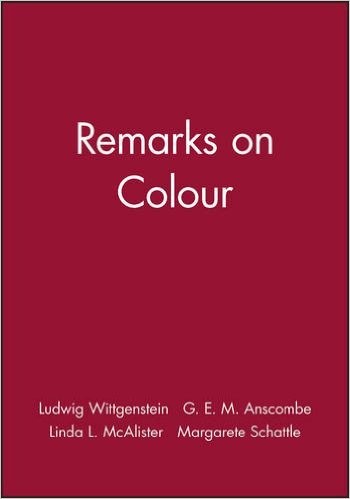

 color_green
color_green
color_green
color_green
color_green
color_green
color_green
color_green